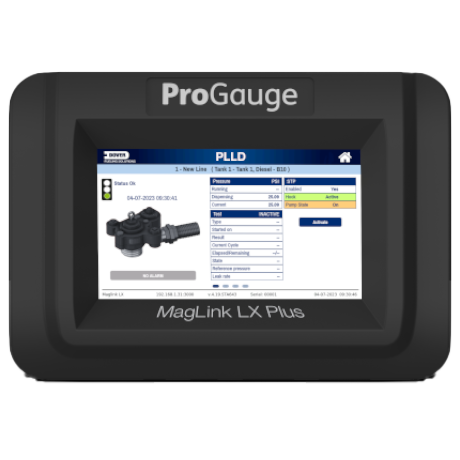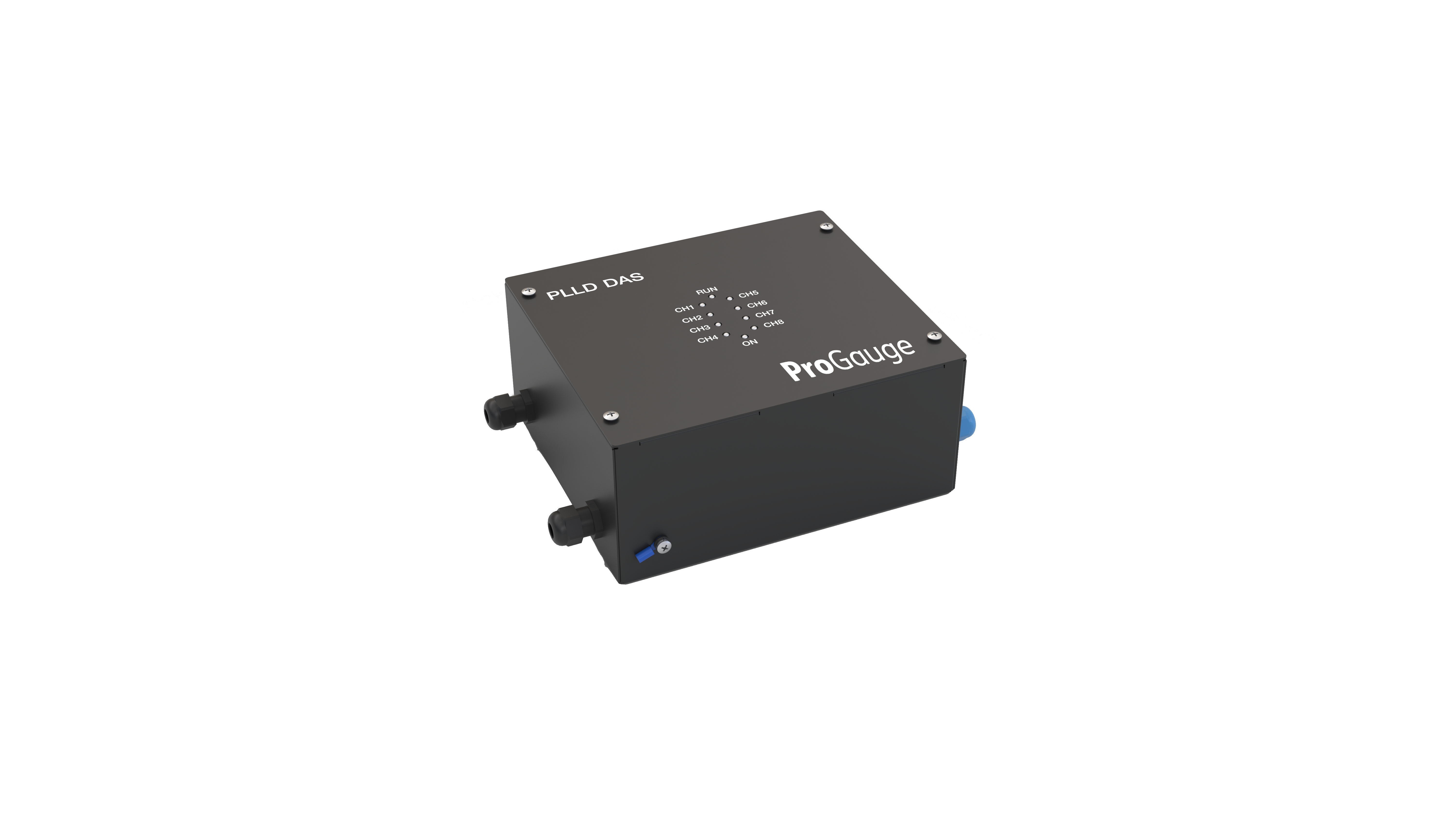Certified. Scalable. Precise. Powerful.
The ProGauge Maglink LX Plus console is a certified, precise automatic tank gauge (ATG) console that is easy to install and use, providing powerful analytics and reports to help efficiently manage your fuel inventories and keep you compliant. The new ProGauge Electronic Pressurized Line Leak Detection (PLLD) option is perfectly suited for use on sites with pressure supplied fuel systems that use any type of Submersible Turbine Pump (STP).


The ProGauge PLLD system is:
- Easy to install and provides a seamless operation, to meet everyday business and environmental compliance needs.
- Developed and certified to meet the most demanding industry requirements.
- Third-party certified for 0.1, 0.2 and 3 gallons per hour (gph) according to U.S. EPA test requirements.
- Able to monitor the integrity of pressurized product lines, regardless of the type of pipe used or site configuration.
How does the PLLD system work?
- The ProGauge PLLD system is easy to install and includes a straightforward setup, with an automatic learning mechanism to detect product pipeline characteristics and the automatic adjustment of calibration settings.
- A digital pressure sensor is installed per pressure line, directly on a 2” test port on an STP head, as to not disturb normal product flow. The PLLD sensor is constructed in stainless steel and carries all required safety certifications.
- The PLLD system performs daily, monthly and annual tests as per EPA rules. The system also monitors line pressure during fueling cycles. If an abnormal pressure drop is detected during dispensing, the system will automatically stop the STP. When the station is quite or idle, the system monitors the static line pressure. If a pressure drop is detected, the system will automatically run a 3.0 GPH test to check the line integrity.
- In the event a leak is detected, the PLLD system can be set to automatically shut down the STP, ensuring environmental damage is minimized.
- The MagLink LX Plus consoles sophisticated algorithm will automatically compensate product temperature variations, and minimize possible false alarms caused.



